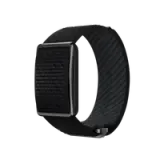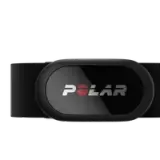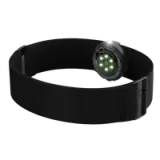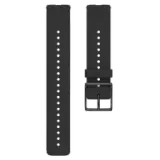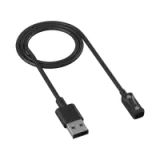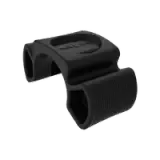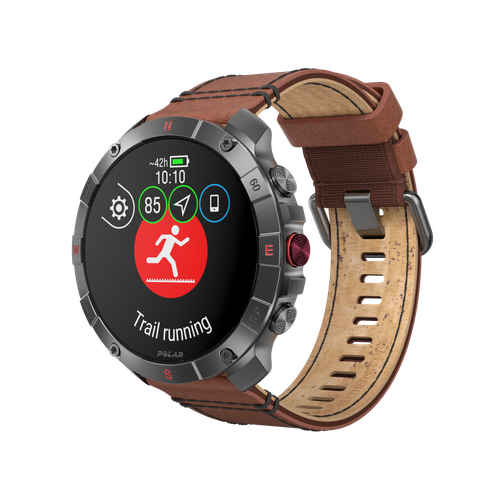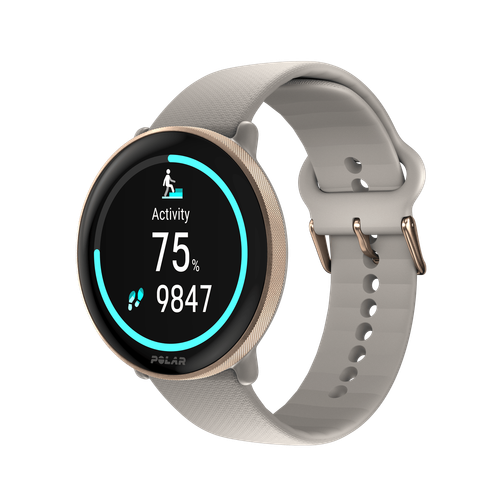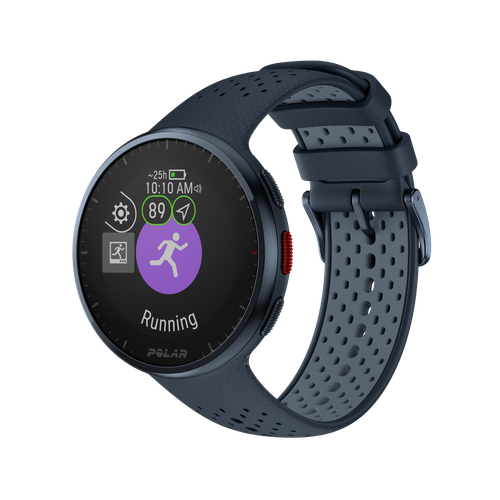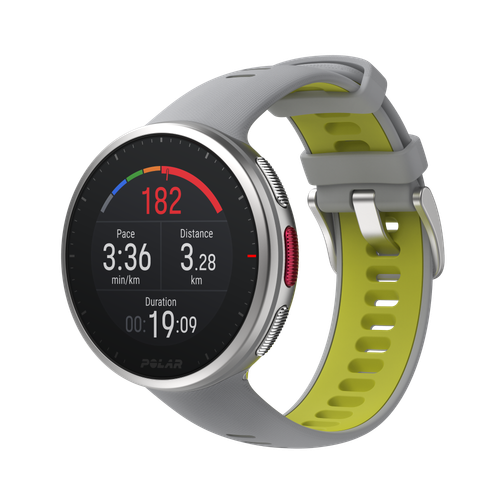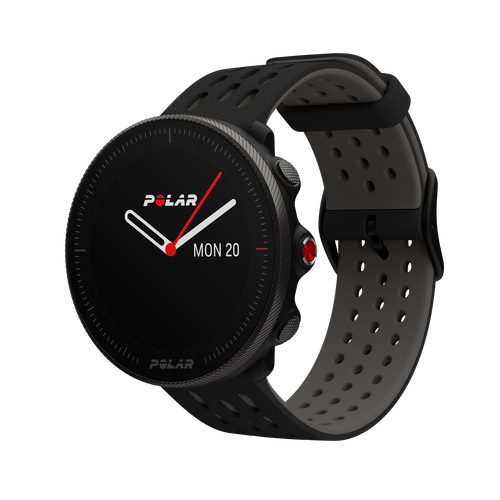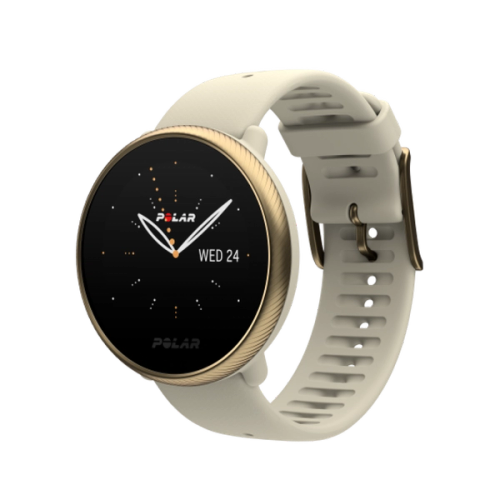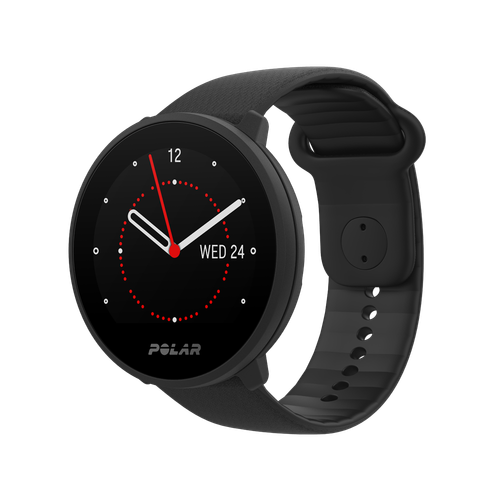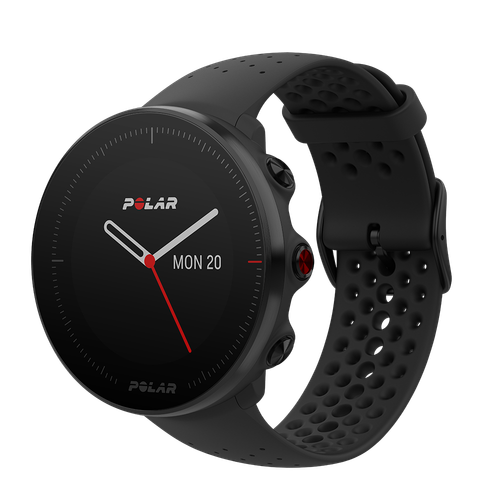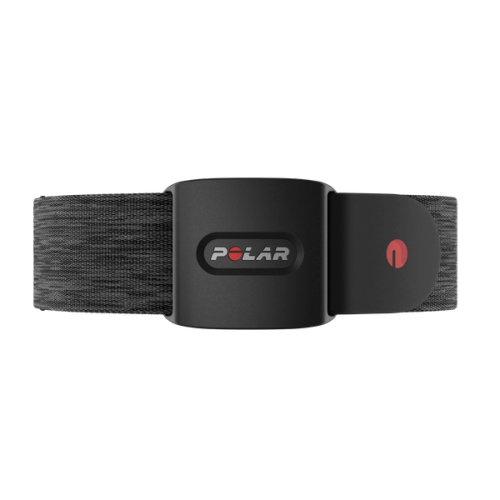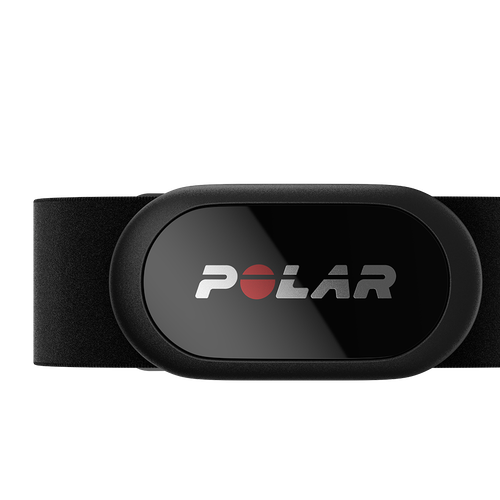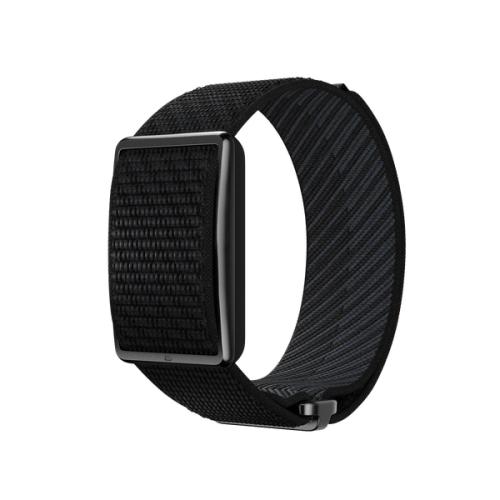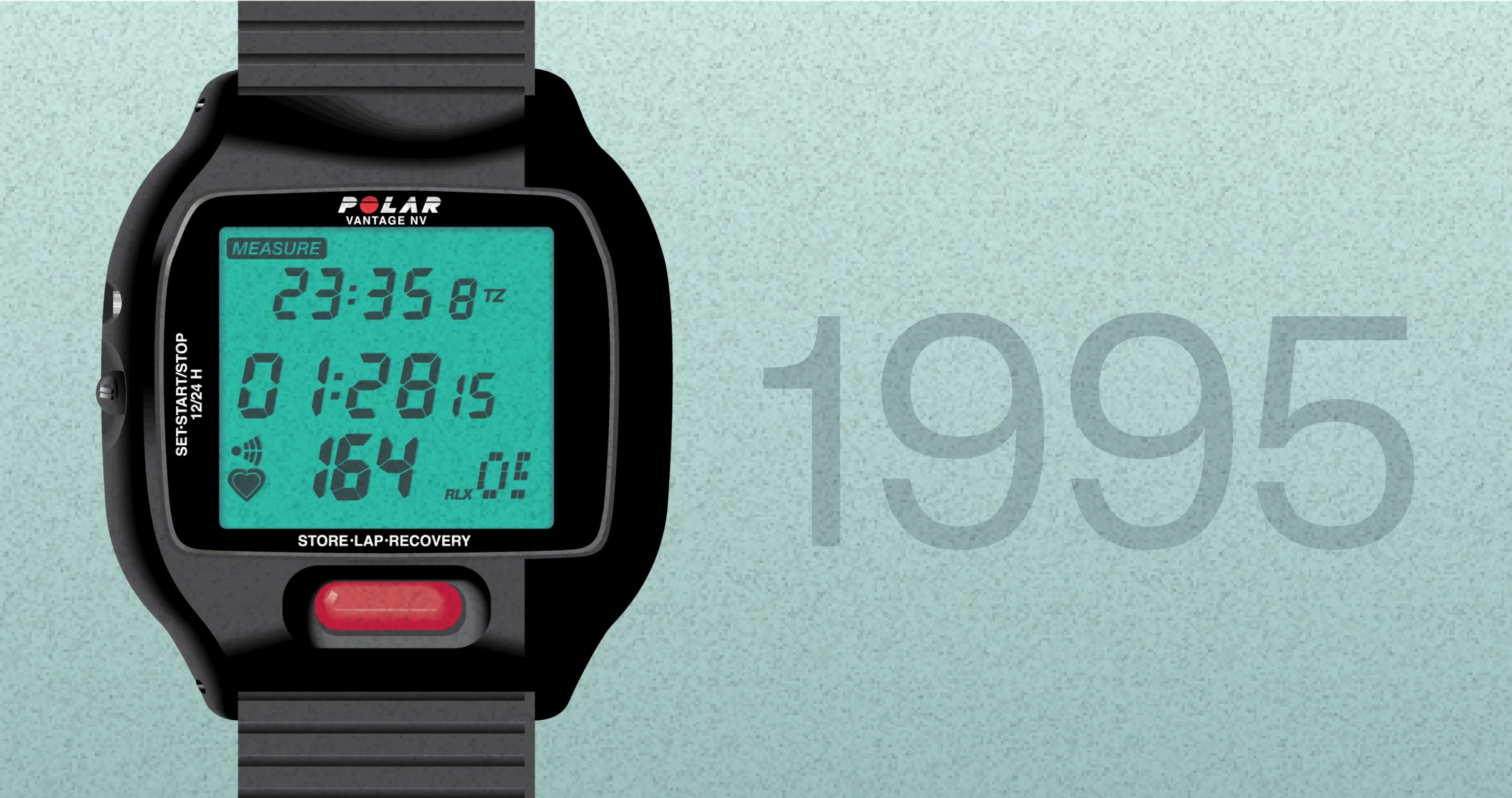As the world began to heal from Kurt Cobain’s passing and embraced the Brit-pop explosion led by Oasis (yes, “Wonderwall” is a 30-year-old song), we were gearing up for the internet revolution—Google was still two years away, but Windows 95 was a major breakthrough. Sports tech meant a stopwatch and maybe a really good pair of running shoes. Heart rate monitors existed but were mostly for serious athletes; chest straps were the norm. GPS for your daily run? Not a chance—not even in your car! In 1995, “wearables” were probably more about fanny packs than fitness trackers. The most sophisticated gadget you could probably wear was a pager, and that was reserved for doctors or maybe your very important uncle.
In the sports world, the biggest focus wasn’t on gadgets but on Michael Jordan’s return to the NBA from retirement—he didn’t need any wearable tech to prove he was the GOAT. Imagine telling someone that your watch could tell you how well you slept last night, how many calories you burned yesterday, and what your heart rate and skin temperature were—they’d probably think you’d been watching too much Star Trek.
But in 1995, one company from Northern Finland, Polar (yes, that’s us), had been working on wearable tech for a long time already. The company had introduced the world’s first wireless heart rate monitor nearly 15 years earlier, and its founder, Professor Seppo Säynäjäkangas, had already envisioned a “microcomputer attached to the wrist that constantly monitors a user’s state of health: temperature, blood pressure, heart rate, ECG, and alerts for any abnormalities.” His vision is the foundation of today’s sports and smart watches.
The technology hadn’t caught up with that vision, but new, intriguing, innovative products were coming to the market. That year, Polar launched the first sports watch to carry the iconic Vantage name: the Polar Vantage NV.
“Congratulations on purchasing the Polar Vantage NV Heart Rate Monitor ! You are now the owner of the most advanced and sophisticated HRM in the world offering features and performance exceeding any other HRM available.”.
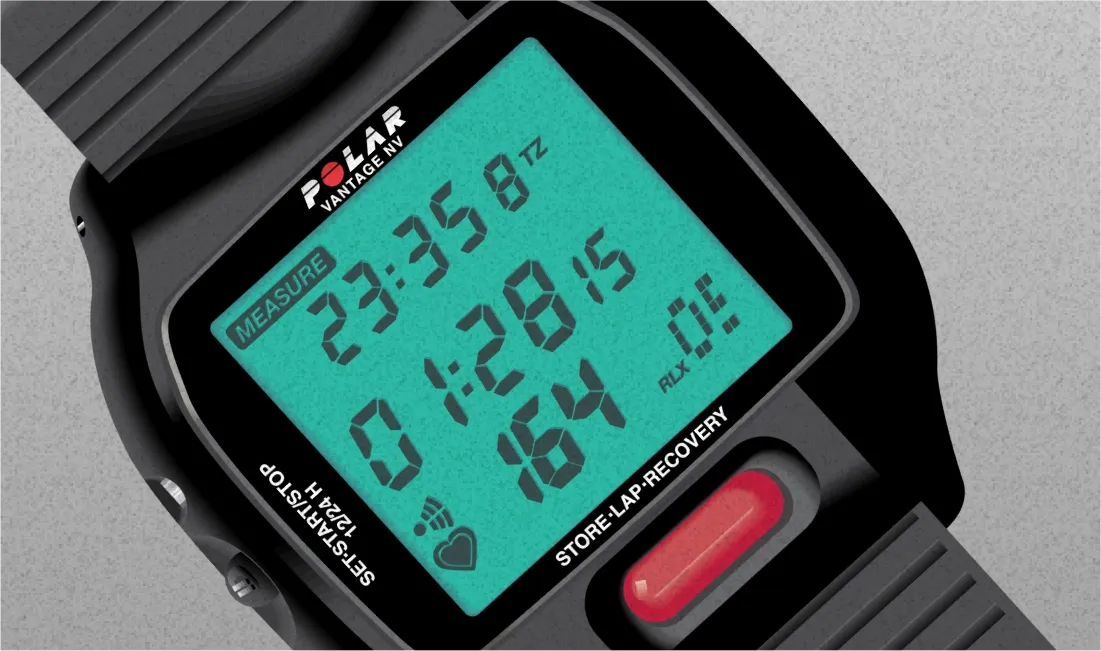
This is how the Polar Vantage NV user manual began, and it wasn’t an exaggeration. The Vantage NV was far more advanced than the typical digital watches of the time. It came with an elastic chest strap and a coded transmitter to capture electrical signals from the heart, providing highly accurate heart rate measurements.
This concept is not far removed from current solutions, like pairing a modern sports watch with a chest strap heart rate monitor. We’ve been perfecting this method for over 30 years, so you can understand why our latest heart rate sensors are considered the gold standard in heart rate monitoring.
“With Polar Vantage NV, users were able to set their individual upper and lower training thresholds, ensuring they were exercising within their target zone for effective cardiovascular or fat-burning workouts.”
But going back to 1995, the Polar Vantage NV featured technology that allowed athletes not only to monitor their heart rate with precision but also to estimate their training intensity and recovery with unprecedented accuracy. The watch's large display was packed with valuable training data. Thanks to the ECG readings captured by the chest strap, the Polar Vantage NV could simultaneously display both heart rate and heart rate variability, allowing the user to see the relationship between heart rate and R-R interval measurements (the times between heart beats). This technology became the foundation for future Polar features, such as OwnZone in 1997, which introduced the world’s first personal threshold training capabilities.

For example, users were able to set their individual upper and lower training thresholds, ensuring they were exercising within their target zone for effective cardiovascular or fat-burning workouts. Following heart rate helps prevent undertraining, where the intensity is too low to see results, or overtraining, which can lead to fatigue or injury. A sports watch like the Polar Vantage NV took the guesswork out of training, allowing athletes to rely on data rather than just intuition. This enabled more personalized and efficient training sessions, whether focused on endurance, performance, or general fitness.
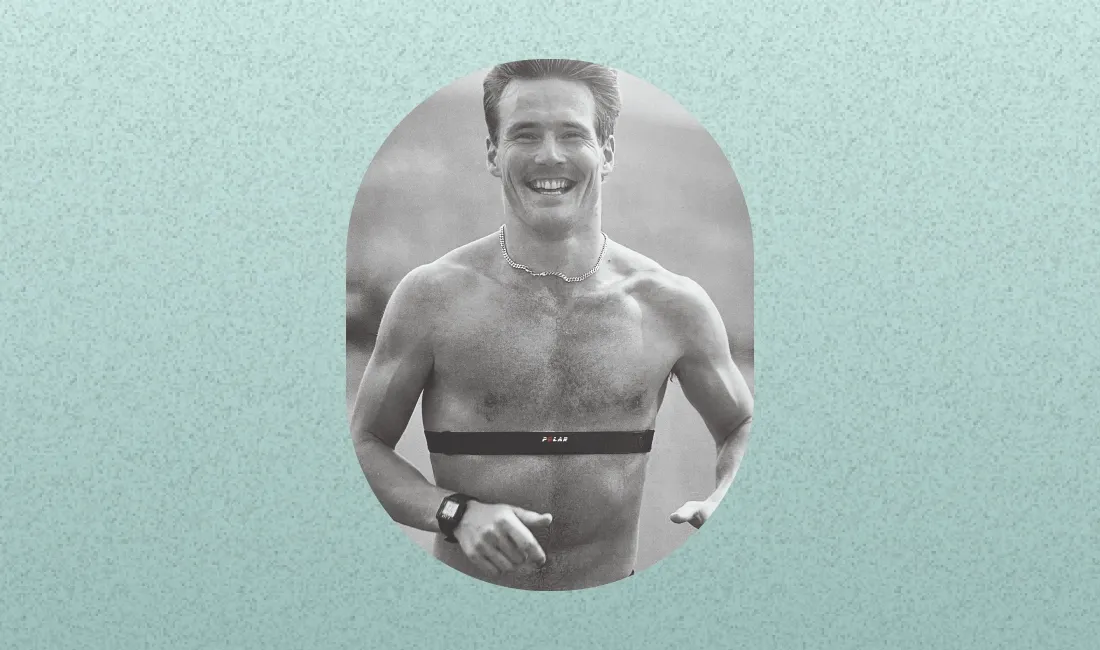
Today, training targets setup is a common feature in any sports watch that tracks heart rate, but in 1995, these innovations were revolutionizing training methods, offering athletes and coaches unprecedented insights into exercise intensity and physiological responses. Moreover, the Polar Vantage NV also included an outstanding recovery feature: Relaxation Rate. Based on heart rate variability measurements, this feature provided insights into the body’s physical recovery from exercise or stress. The watch indicated Relaxation Rate in milliseconds (ms). A higher reading signified greater heart rate variability and a better Relaxation Rate, while a lower reading indicated reduced heart rate variability and a higher level of physical and/or mental stress. For example, in the morning, athletes could monitor their heart rate and its variability to assess their recovery and opt for lighter exercise when necessary. A similar feature is still present in modern Polar watches today, known as the Orthostatic Test.
Polar Vantage NV, with its technology and sporty design including the iconic red Polar button, paved the way for future advancements in wearable technology, setting the standard for what athletes could expect from their training gear. Its legacy lives on in modern Polar watches, and the Vantage series is now stronger than ever, thanks to the new Polar Vantage V3—a premium sports watch that fulfills the vision of having a microcomputer that monitors the user’s well-being and provides guidance for a happier, healthier life.
Enjoying this article? Subscribe to Polar Journal and get notified when a new Polar Journal issue is out.
Subscribe
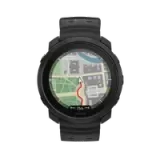 Polar Vantage M3
Polar Vantage M3
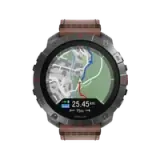 Polar Grit X2 Pro Titan
Polar Grit X2 Pro Titan
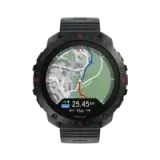 Polar Grit X2 Pro
Polar Grit X2 Pro
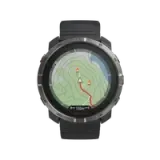 Polar Grit X2
New
Polar Grit X2
New
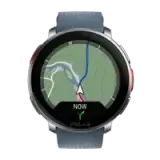 Polar Vantage V3
Polar Vantage V3
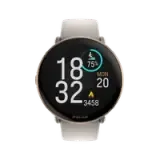 Polar Ignite 3
Polar Ignite 3
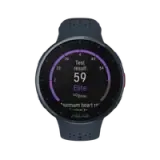 Polar Pacer Pro
Polar Pacer Pro
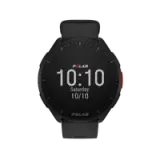 Polar Pacer
Polar Pacer
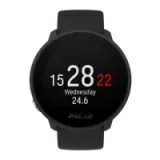 Polar Unite
Grit X Series
Vantage Series
Pacer Series
Ignite Series
Polar Unite
Grit X Series
Vantage Series
Pacer Series
Ignite Series
